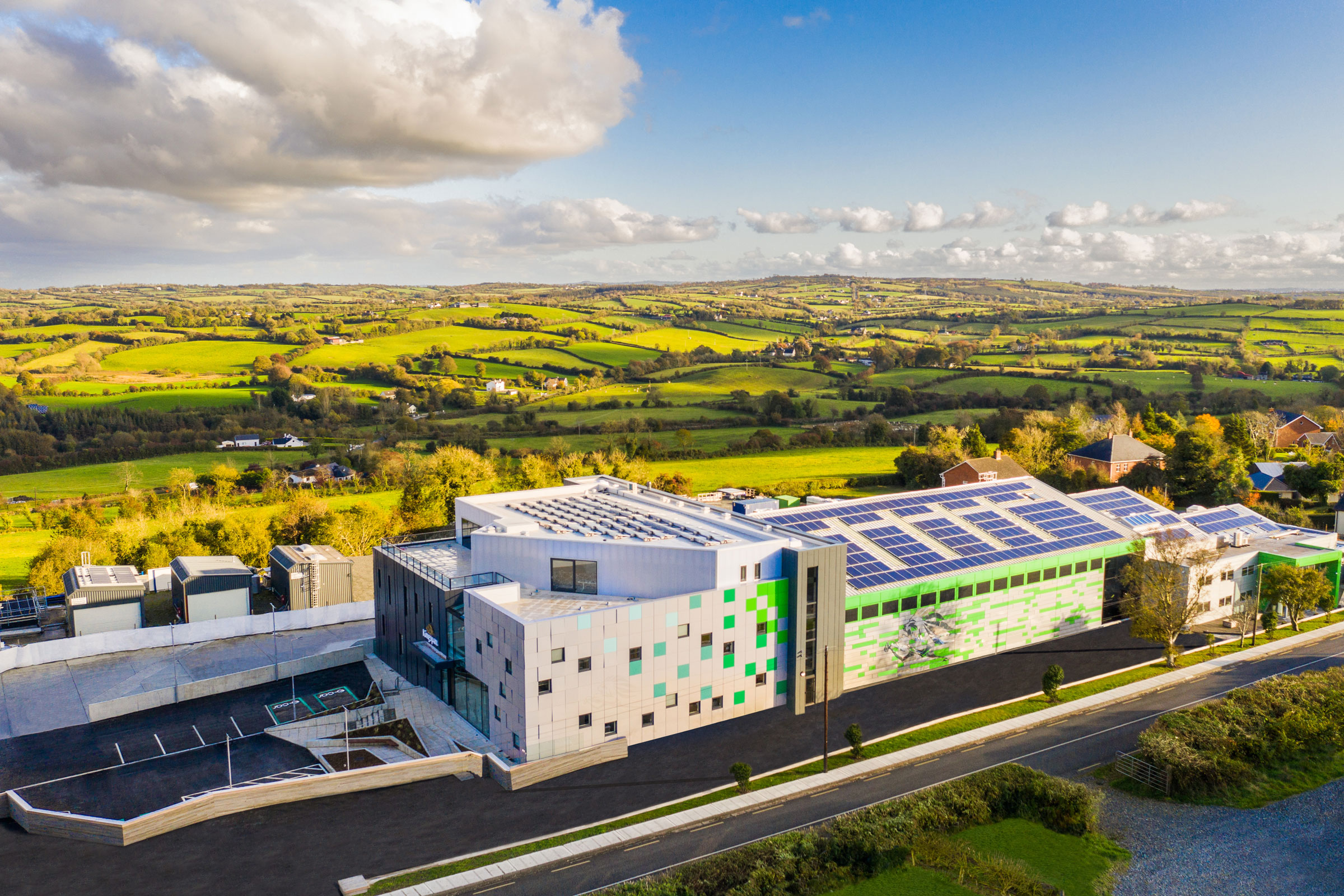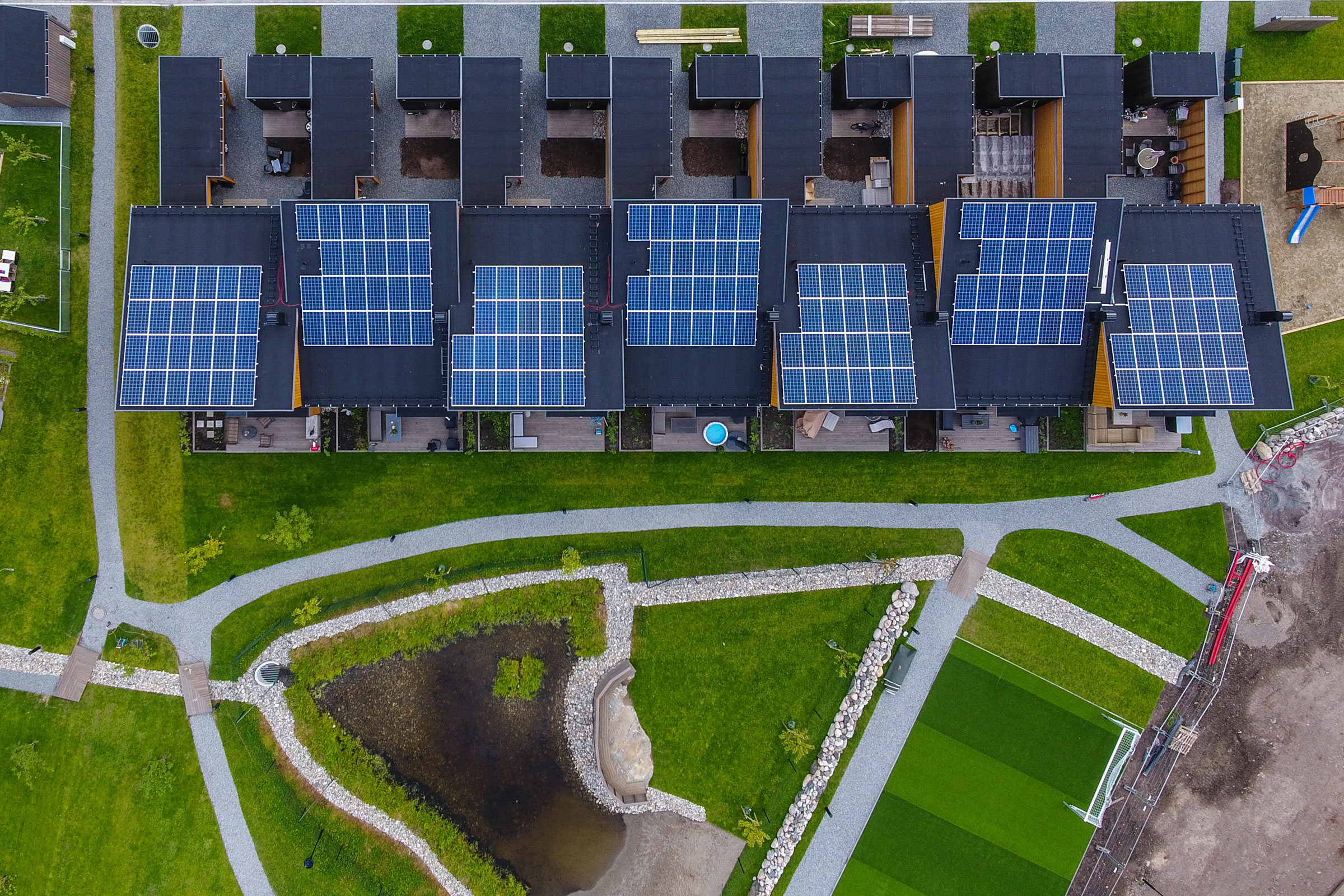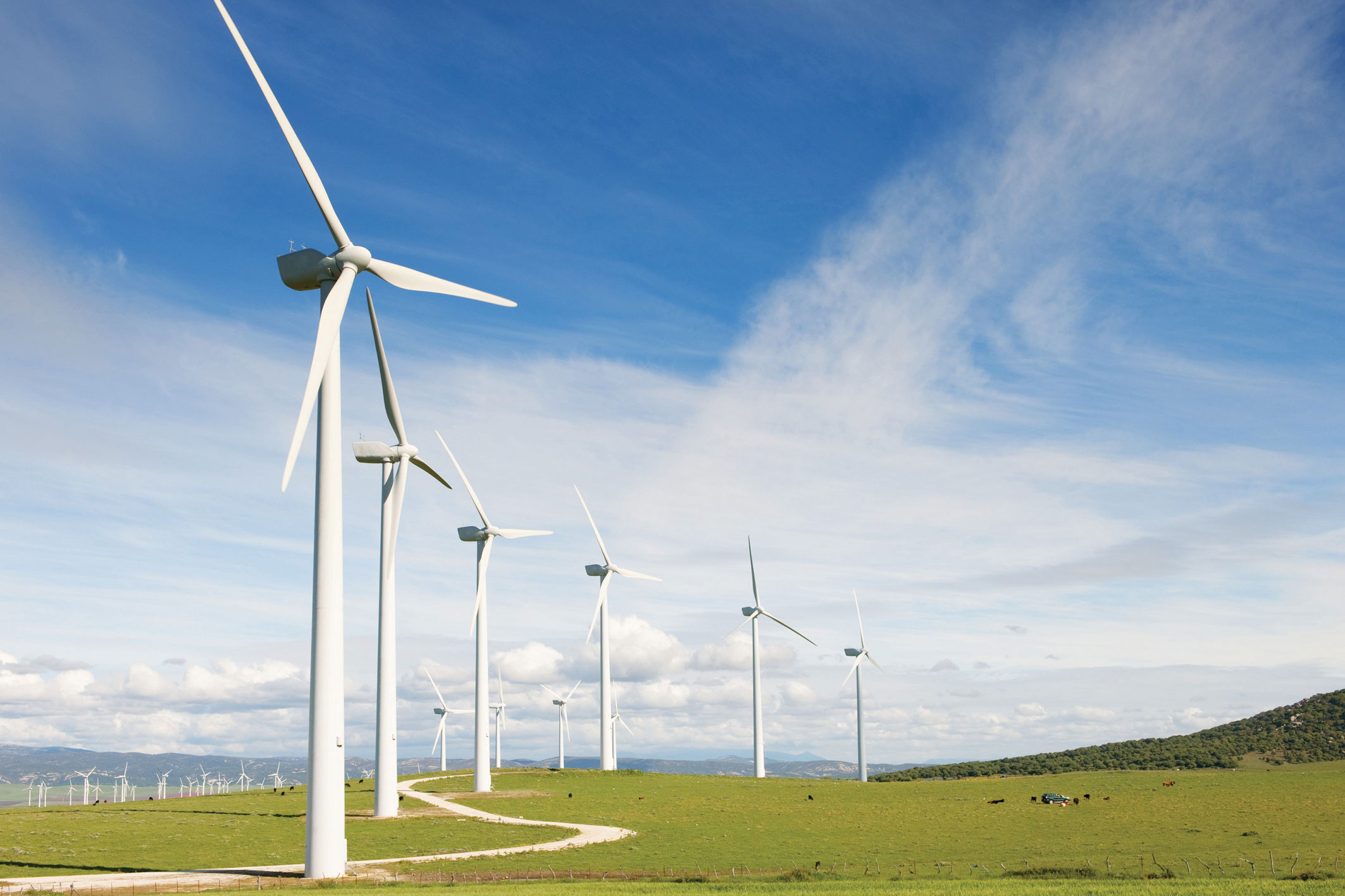Story at a glance:
- Sustainable capitalism aims to balance long-term economic growth with human and environmental health.
- Proposed pathways include protecting natural capital, adopting circular economy principles, and increasing government regulations.
- Critics argue capitalism is inherently at odds with sustainability and cannot support long-term economic growth while protecting the environment.
Over the last three decades it has become increasingly clear that the extraction and consumption of fossil fuels is the largest contributing factor to climate change, with 100 companies responsible for more than 70% of the world’s greenhouse gas emissions. The proposed adoption of a sustainable-capitalist model is often touted by supporters as the solution to the impending climate crisis, thought to be capable of addressing the environmental problems of its predecessor while still facilitating long-term economic growth.
Here we covers the basics of the sustainable capitalist ideology, its proposed pathways to implementation, and criticisms.
Capitalism vs Sustainable Capitalism

Sustainable capitalism aims to rectify the wrongs of capitalism and balance environmental health with long-term economic growth. Photo courtesy of ICC, Getty Images
Before we can explore sustainable capitalism, we need to understand how capitalism functions as an economic model. Capitalism is best understood as an economic system built on the idea of privatized ownership of the means of production and the operation of these means for profit, characterized by wage labor, voluntary exchange, competitive markets, private property, and capital accumulation.
Modern capitalism is generally recognized as having emerged from 16th century agrarianism and the mercantilist practices conducted by European countries between the 16th and 18th centuries. It became the dominant mode of production following the Industrial Revolution and the rapid globalization of the 19th and 20th centuries.
In short, capitalism is all about, well, capital—how to manage it, how to generate more, and how to keep generating it. Economist Milton Friedman theorizes that it is, in fact, the social responsibility of businesses in a capitalist society to increase their profits by any legal means possible, regardless of how ethical, moral, or detrimental to the environment those methods may be. It is this idea of infinite growth and unscrupulous profitability that has historically put capitalism at odds with sustainability.
What is Sustainable Capitalism?

In 2022 Kingspan harvested 26.1 million liters of rainwater, progressing toward a target of 100 million liters of rainwater annually harvested by 2030. The IKON Global Innovation Center—Kingspan’s headquarters in Ireland, uses nearly every Kingspan product manufactured as a sort of showcase of possibility. Photo courtesy of Kingspan Light + Air
Sustainable capitalism—first proposed and defined by Al Gore and David Blood in their 2011 “A Manifesto for Sustainable Capitalism”—suggests businesses can be both profitable and sustainable by investing in environmentally friendly technologies and adopting ecologically responsible methods of operation.
At a base level sustainable capital can be defined as a conceptual economic model that seeks to implement and practice the core tenets of capitalism in a manner that supports long-term economic growth without jeopardizing human or planetary health in the process. This is done primarily by limiting environmental externalities by integrating environmental, social, and governance (ESG) factors into the market’s risk-management strategies.
Gore and Blood identify the following economic measures and policy changes as inherent to the adoption of sustainable capitalism:
Proposed Pathways to Sustainable Capitalism
Here are a few proposed pathways for achieving sustainable capitalism at a meaningful scale.
Identify and incorporate risks from stranded assets.
Mandate integrated reporting.
End the default practice of issuing quarterly earnings guidance.
Align compensation structures with long-term sustainable performance.
Incentivize long-term investing with loyalty-driven securities.
Reinforce sustainability as a fiduciary issue.
Create advisory services for sustainable asset management.
Expand the range and depth of sustainable investment products.
Reconsider the appropriate definition for growth beyond GDP.
Integrate sustainability into business education at all levels.
Protection of Natural Capital

Sustainable capitalism treats natural resources and ecosystems like forests as capital rather than points of extraction, making their preservation a matter a fiduciary responsibility. Photo courtesy of Western Forest Products
As an economic model capitalism prioritizes capital and the protection of said capital above all else—at least, in theory. Financial, economic, and manufactured capital, for example, are all well-protected under capitalist doctrine, but the same cannot be said for natural capital.
Natural capital encompasses air, water, soil, living organisms, and all other organic ecosystem yields that form the backbone of society as we know it. Rather than protect these resources, modern capitalism often exploits them for immediate profit, resulting in over-extraction and pollution of crucial ecological systems—exemplified by the estimate that humans currently consume roughly 1.7 Earth’s worth of resources each year.
Under sustainable capitalism natural capital is managed as any other form of capital. Supporters of the sustainable-capitalist model argue that by treating natural resources and the stewardship of those resources as a form of capital, it incentives their protection. In this manner preserving the natural world becomes not just a moral responsibility, but a fiduciary responsibility—one that is crucial to a business’ risk-management planning.
Incentivize & Invest in Renewable Energy

Investing in renewable energy is central to a successful sustainable-capitalist society. Photo courtesy of Otovo
Carbon and other GHG emissions must be curbed as soon as possible to prevent climate catastrophe. Sustainable capitalism recognizes this and aims to encourage investment in renewable energy technologies while ensuring a just transition away from fossil fuels that creates jobs and provides new opportunities for employment.
Governments can incentivize decarbonization by offering subsidies for renewable energy, offering renewable energy tax credits, and creating clean energy assistance programs that make things like solar, wind, and geothermal power more accessible to businesses, regardless of their size.
Adoption of a Circular Economy

Amsterdam aims to achieve a full circular economy by 2050, at which point everything that the city produces will either be reused, repurposed, or recycled. Photo by Alan Jensen
Capitalism has historically utilized a linear “take, make, and throw away” model of production and consumption, one that puts profit above all else, even at the expense of increased waste generation. “Excessive waste is the unfortunate byproduct of a consumer culture that grew during a time when the world did not understand the perils of overconsumption,” Richard Skorpenske, head of sustainability and public affairs at Covestro, previously wrote for gb&dPRO. “Through a combination of market forces, design trends, and consumer demand, an ‘extract, use, discard’ cycle became the dominant mode of manufacturing and consumption.”
A circular economy, on the other hand, seeks to create a closed-loop system of production and consumption—that is, it emphasizes reusing, refurbishing, repairing, leasing, and recycling existing materials and products for as long as is feasible in order to greatly reduce resource extraction and waste generation.
In theory a sustainable capitalist society is not at odds with a circular economic model, as the recycling and reuse of resources, materials, and products can be made profitable through a variety of means. Recycling centers, for example, make money by selling recycled materials to companies and industries that need them, who can then manufacture and sell recycled-content products for a profit.
Internalize Environmental Externalities

Sustainable capitalism looks to end the externalization of pollution through practices like emissions trading. Photo by Kendall McCaugherty
One of the problems sustainable capitalism aims to remedy is traditional capitalism’s externalization of pollution, a practice that has allowed the market to drastically minimize environmental accountability with regard to the hazardous byproducts it generates in the pursuit of profit. In economics an externality refers to an indirect cost or benefit to an uninvolved third party that comes about as an effect of other parties’ activities.
Air pollution caused by fossil-fuel based energy production, for example, is considered a negative externality, as the cost of air pollution on society is not paid for by the manufacturers or users of that energy to the rest of society as a whole. All consumers in this example suffer as a result of said pollution, but none are compensated for it.
Rather than treat pollution as an acceptable byproduct of industrial production, sustainable capitalism looks to internalize the cost of negative environmental externalities. This is seen in practices like emissions trading, which forces companies to factor the costs of pollution into their expenses and sets a quota limit for the amount of emissions they can produce. Entities that exceed their quota are then forced to purchase the right to emit more, while entities with fewer emissions sell the right to emit more carbon to other entities.
Because carbon trading directly impacts the profitability of companies with high emissions, it theoretically incentivizes the adoption of cost-effective carbon reduction strategies and encourages investment in green energy solutions.
Regulated ESG Reporting

Under sustainable capitalism, mandated ESG reporting would make it easier for investors and stakeholders to support businesses that prioritize sustainability. Photo courtesy of Geneva Rock
Ending environmental externalities requires the ability to effectively identify and measure an entity’s emissions. This can be achieved through the mandated and regulated reporting of ESG factors, or those non-financial-related performance indicators used to evaluate the overall social impact and sustainability of a company.
Requiring companies to consistently and comprehensively report on their ESG performance—especially with regard to their resource use and emissions—is considered integral to the successful implementation of sustainable capitalism as it helps facilitate sustainable investment by improving transparency.
When ESG reports are made public and accessible, it makes it easier for investors, stakeholders, and financial institutions to support businesses that prioritize sustainability and whose actions align with sustainable development goals. This in turn incentivizes the adoption of green business practices and contributes to the development of a more sustainable global economy.
Extended Producer Responsibility Policies

Extended producer responsibility policies applied to fossil fuels would require the fossil fuel industry pursue carbon capture/storage solutions, such as those offered by Carbfix. Photo courtesy of Carbfix
Extended producer responsibility (EPR) is similar to the internalizing of environmental externalities in that it passes the responsibility of pollution and other environmental costs onto the polluters themselves—and not just for the pollution incurred as a result of manufacturing, but all pollution generated throughout a product’s life cycle.
The EPR concept was first defined by Thomas Lindhqvist in a 1992 report to the Swedish Ministry of the Environment and is best described as an environmental protection strategy that makes a product manufacturer responsible for the product’s entire life cycle, including its collection, recycling, and final disposal. Applying EPR policies to fossil fuels, for example, would require the fossil fuel industry pursue carbon capture/storage and nature-based solutions.
Expanding and mandating EPR laws can also help prevent greenwashing—or the process by which corporations use sustainability rhetoric in their marketing to deceive consumers without making a concerted effort to reduce their environmental impact—by instating stricter substantiation requirements and requiring greater transparency of business operations.
Is Sustainable Capitalism Possible?

Johnson Controls, a leading producer of efficient fire, HVAC, and security systems, practices sustainability by investing in green energy. Photo courtesy of Johnson Controls
If capitalism and sustainability are not inherently at odds, there is no reason some form of sustainable capitalism can’t exist, provided that, as outlined previously, x,y, and z conditions were met, such and such regulations were put in place, and all entities—both producers and consumers—do their part.
Supporters of sustainable capitalism will tell you such an economic model is realistic and entirely possible to implement successfully, but there are still some who are doubtful.
Criticisms of Sustainable Capitalism

Most critics of sustainable capitalism believe that modern capitalism is inherently at odds with sustainability. Image courtesy of Covestro
Sustainable capitalism (like capitalism itself, or any other economic model for that matter) is not without its critics. Most of these criticisms are founded on the belief that sustainable capitalism is, fundamentally, an oxymoron, and that capitalist growth is inherently unsustainable—a sentiment even John Fullerton of the Capital Institute shares.
These critics believe capitalism simply cannot be practiced in a manner that supports exponential economic growth while also protecting the environment, as modern capitalism is not designed for cooperation, conservation, or other sustainable practices. Critics suggest a systemic overhaul or replacement of the current model is required to achieve meaningful change, with proposed alternatives spanning a range of political ideologies.
There are also supporters of capitalism who argue the increased government regulation inherent to sustainable capitalism is counter to the very concept that makes capitalism so popular in the first place—that is, a largely unregulated, free-market economy controlled by companies and corporations rather than a central governing body.



